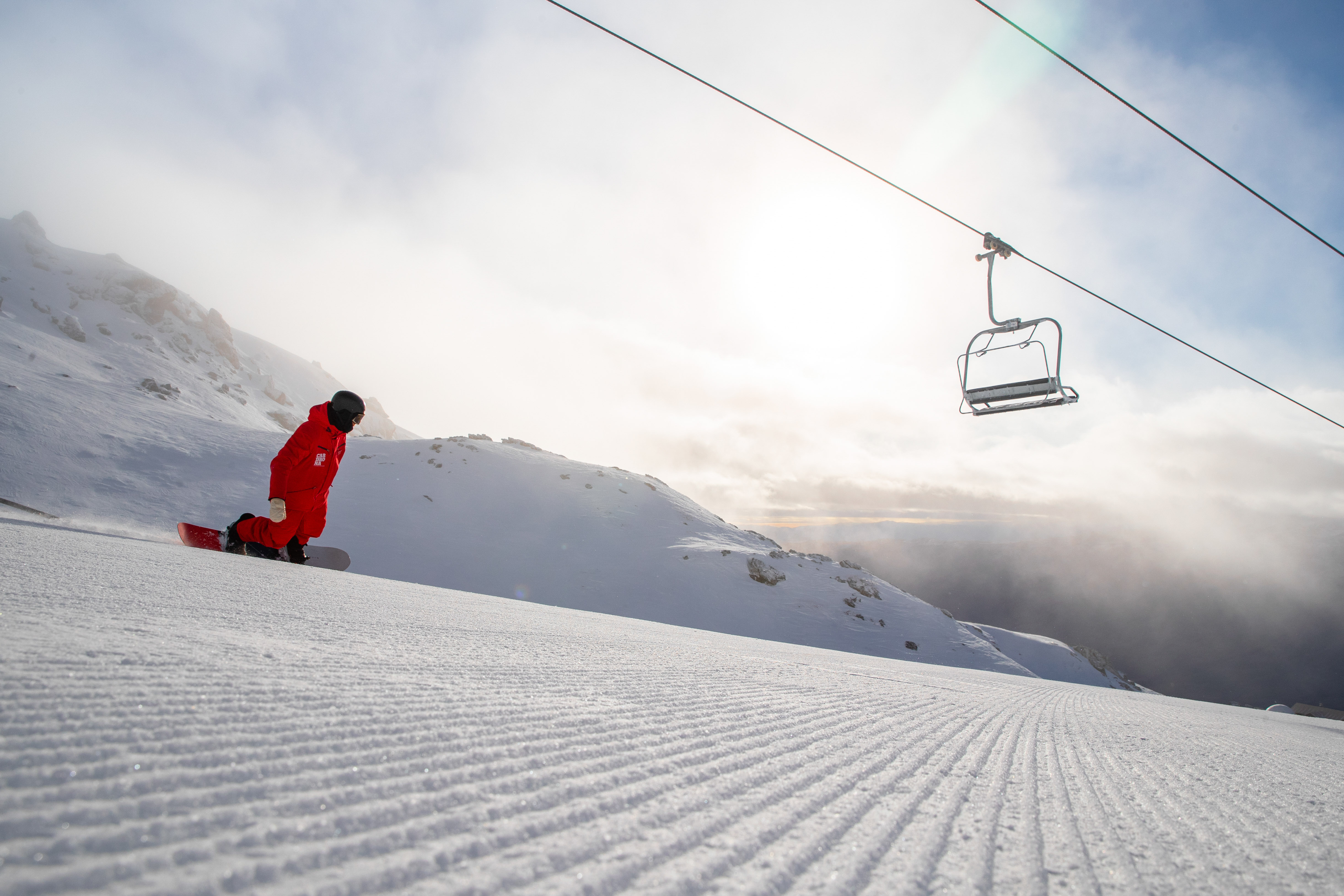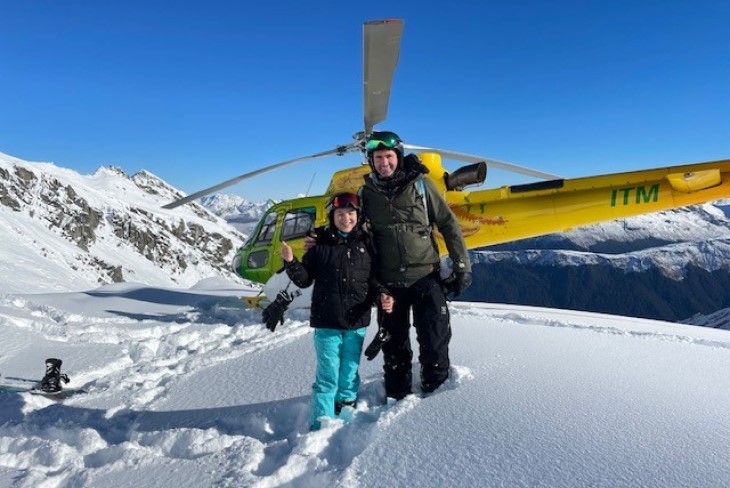Cool Wakushima: Know the code to stay safe on the slopes
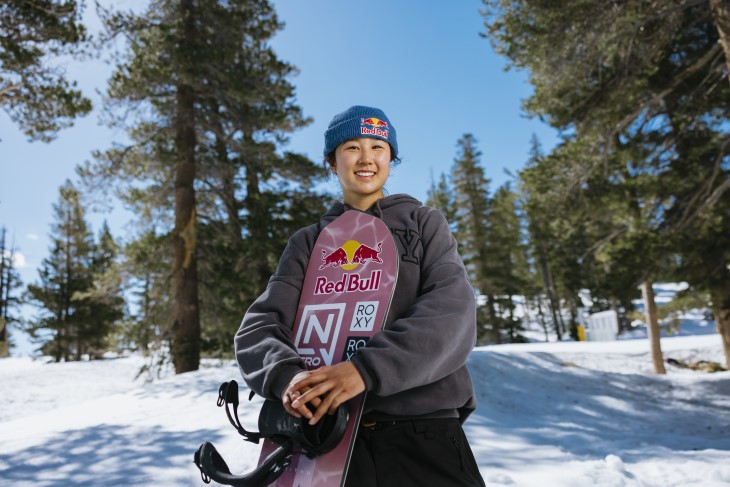
It’s taken Cool Wakushima over a year to recover from injury. So the star snowboarder is urging all New Zealanders to stay safe on the snow this winter.
Snowboarder Cool Wakushima knows what it’s like to have a serious injury on the mountain.
The Queenstown-based Winter Olympian ruptured her anterior cruciate ligament (ACL) and meniscus in a snowboarding accident last year and it’s taken a long time to recover.
“It was really tough,” she says.
“When I first did the injury in the States, I was told it would be nine to 12 months before I was back to normal. But it was 13 months before I could get back on the snow.”
The Red Bull-sponsored athlete isn’t alone.
In 2024, we accepted 12,736 snow sports-related injuries which came at a cost of $44 million to help people recover.
The regions with the most snow sports-related injuries in 2024 were Otago (6,697), Canterbury (2,159), Auckland (1,259) and Manawatū-Whanganui (1,020).
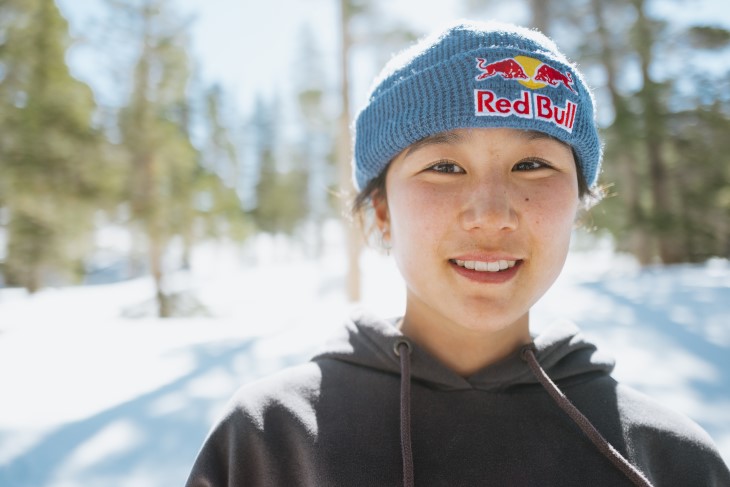
‘I get injured when I’m not fully focused’
Cool says it’s much better to prevent an injury happening in the first place.
So she’s supporting ACC to help reduce the number of injuries on the mountain this winter.
“I get injured the most when I’m not fully focused, and there are definitely ways to protect yourself out there, like following the Snow Safety Code.”
The code – delivered by the Ski Areas Association of New Zealand and ACC – focuses on three areas: 1) Know your limits, 2) Find your space and 3) Protect yourself.
“Knowing your limits and also having a good warm-up are both really important,” Cool says.
“Building up is important too, not going straight into the park but starting with some groomers.
“And then also finding your space, because you're not on the mountain on your own. So watch out for people. You can be focused, but someone else might not be.
“Wearing protectors and helmets is also really important. I love wearing helmets, it helps me mentally and makes me feel safe and secure up on the hill.”
The 23-year-old, who specialises in slopestyle and big air competitions, says most New Zealanders have been great at adopting protective equipment.
“We’re actually really good with wearing helmets in New Zealand,” she says.
“I've definitely seen some places overseas where a lot of people don't wear helmets. But I think helmets are implanted in the Kiwi culture up on the hill.”
Back on the board to target Italy
Cool says the first time back on her board following her injury was an incredible feeling.
She’s hoping to make up for lost time to qualify for the Winter Olympics next year in Italy.
“I've got a little bit of a catching up to do since I missed the qualification period,” she says.
“But I'm still hopeful. I’ve just got to work my butt off, I have to push myself a little bit more and give it a go.”
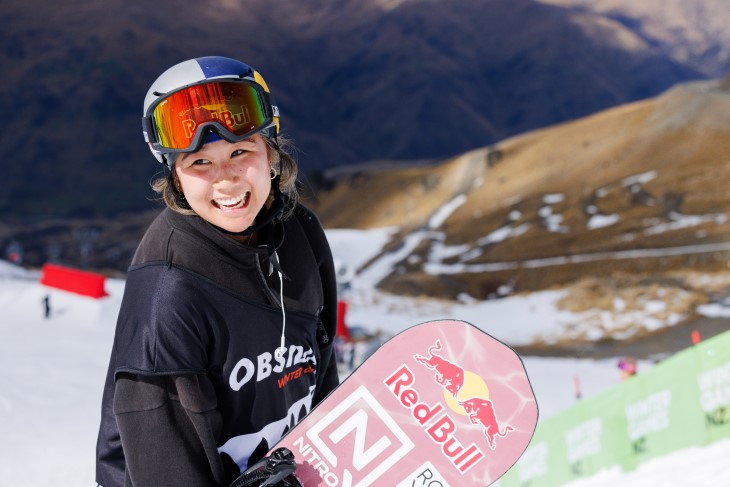
Tips for staying safe on the slopes
- Know and follow the Snow Safety Code
- Know your limits and choose the right run
- Protect yourself and wear the right gear
- Find your space and leave room for others
- Check the conditions and be prepared for anything because things can change quickly
- Take it easy on the first few runs, then gradually speed things up and go a bit harder
- Pay attention to your energy levels – have a break, a drink and some kai if you’re getting tired
Snow Safety Code
Know Your Limits
- Ride to your ability, control your speed
- Be aware of the conditions
- Take a lesson
Find Your Space
- Stop where you can be seen
- Give others room
- Look ahead
Protect Yourself
- Obey all signs and closures
- If you're tired, take a rest
- Wear a helmet




